
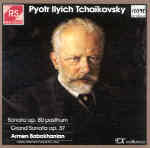
Although the C-sharp minor sonata carries a higher opus number than Tchaikovsky’s better-known G major sonata, it’s actually one of the composer’s earlier works for

The first volume in APR’s survey of Alfred Cortot’s “late recordings” begins with the pianist’s 1947 Schumann Kinderszenen. It’s a less technically secure reading than
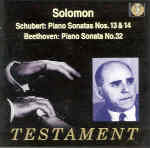
Solomon’s Schubert is a real discovery, especially his 1952 recording of the D. 784 A minor sonata. He conveys the opening movement’s dark countenance by
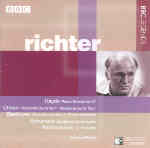
Since his death, Sviatoslav Richter has emerged as the Grateful Dead of classical pianists. Wherever he played tape recorders followed, and, well, you know the

Many pianists treat Prokofiev’s sonatas as paeans to the steel industry. François-Frederic Guy, though, makes a priority of projecting the rich motherlode of musical ideas
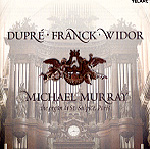
Other than a human voice, no instrument has more individuality than the organ, and none has nearly the multitude of combinations and permutations of colors
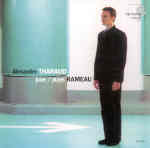
Rameau on piano? Aren’t Rameau’s tactile syntax and ornamental surface style necessarily instrument-specific (meaning, of course, the harpsichord), whereas Bach’s “universal” language can be applied

Listening to Paul Hindemith’s earlier, dance-inspired piano works such as the 1922 Suite and the Op. 19 Tanzstücke, I always wonder if a wind or
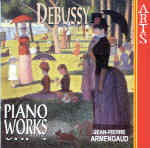
Because Debussy starts with sound, it’s difficult to endure the drab, dynamically restricted engineering throughout these performances. Jean-Pierre Armengaud’s uneven pianism and inconsistent interpretations don’t
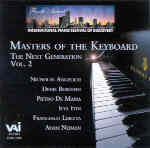
Since 1998, the Miami International Piano Festival of Discovery has showcased young keyboard talents from all over the world. In turn, VAI aims to promote
![]()
